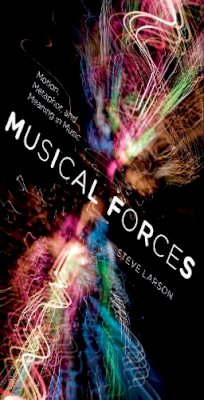
Steve Larson drew on his 20 years of research in music theory, cognitive linguistics, experimental psychology, and artificial intelligence—as well as his skill as a jazz pianist—to show how the experience of physical motion can shape one's musical experience. Clarifying the roles of analogy, metaphor, grouping, pattern, hierarchy, and emergence in the explanation of musical meaning, Larson explained how listeners hear tonal music through the analogues of physical gravity, magnetism, and inertia. His theory of melodic expectation goes beyond prior theories in predicting complete melodic patterns. Larson elegantly demonstrated how rhythm and meter arise from, and are given meaning by, these same musical forces.
Product Details
About Steve Larson
Reviews for Musical Forces
Music Reference Services Quarterly
The potential benefits of Larson's theory of musical forces include a more explicit understanding of how we make meaning from musical experience, which in turn includes a richer understanding of the aspects of music cognition and metaphoric reasoning . . . .
Music Theory Online
It's hard to talk about music without using the language of motion. . . Steve Larson thoughtfully integrates several seemingly disparate disciplinary threads in music theory and cognitive science in an attempt to understand why we experience music this way. His account places three musical forces—gravity, magne- tism, and inertia—at the center of the explanation. April 2013
Music Perception
One can read between the lines that the publication of this book was a labor-of-love for Editor Robert S. Hatten, who describes it as 'a fitting memorial to his (Steve Larson's) visionary ideas, his love of music, and his passion for sharing both.'August 2013
TRIANGLE MAGAZINE
